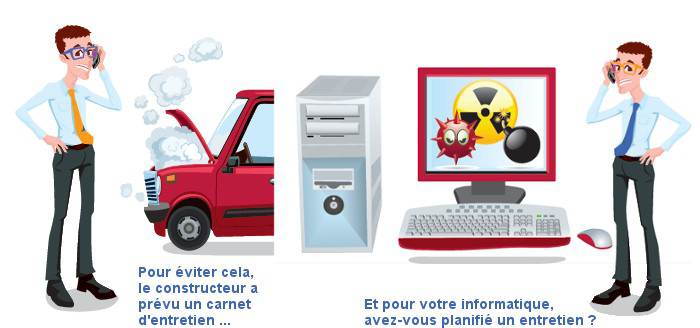

A growing psychiatric phenomenon in Japan known as hikikomori could be especially troublesome in the aftermath of the country’s massive earthquake and tsunami.
In the early 1990’s an extreme form of isolation emerged, where young Japanese people seclude themselves in their homes for months or even years at a time. Attempts to establish the prevalence of the phenomenon suggested over 1 million Japanese people could have hikikomori, but some researchers believe the actual number may be higher.
People with hikikomori often have symptoms of anxiety and depression and unusual sleep patterns. The official definition (sidebar below) includes complete home isolation, but most psychiatrists and researchers I encountered in Japan use a working definition that ranges from complete seclusion to going out every day but having no friends or jobs. Patients tend to sleep during the day, and at night they watch TV, play computer games, and read manga (comic books). They often eat alone in their bedrooms and do a great deal of internet chatting, but have very little face-to-face communication with others.
In rare but highly publicized cases, some of these people have committed suicide and even murder. In my experience, people with hikikomori mostly only seek medical help when they have no other choice, such as when their house is sold, their parents pass away or they run out of money.
The earthquake, tsunami and aftershocks could push thousands of people with hikikomori who had been previously living under the radar into the light, seeking help for the first time ever. This stands as a unique problem in comparison to other disasters such as those in Haiti and New Orleans.
And while it’s not clear exactly what causes hikikomori, traumatic events such as bullying, failing a test or not getting a job are often reported as triggers. The recent crises in Japan will cause psychological trauma for a variety of reasons, including the death of loved ones, the loss of entire towns, the ongoing nature of the disaster in the form of aftershocks and radiation-related problems. In addition, the crises will further erode young people’s ability to find gainful employment.
These two factors, in my opinion, will make it likely that young people in Japan who were on the brink of isolating themselves, and still have the financial means to do so, will shut themselves off from the rest of the world, creating new cases of hikikomori.
It’s not clear why this extreme form of social isolation has shown up in Japan, but
several factors may be at least partially responsible. There is still a strong stigma regarding mental illness in Japan, which may cause sick people to hole up rather than seek help. Also, in Japanese culture, rest is considered a reasonable treatment for most mental illnesses. Many people with ADHD and depression I saw in Japan would try staying at home and resting for a few weeks before seeing a doctor. One researcher also suggested that hikikomori could be a reaction to the Japanese cultural emphasis on speed, efficiency, and punctuality.
Hikikomori literally means “withdrawal” in Japanese and is used both as a noun and as an adjective. Though there are differing opinions as to the precise nature of hikikomori, Japan’s Ministry of Health, Labor and Welfare uses the following definition:
1. The person does not take part in society and is shut in his or her home for at least six months.
2. The person does not have any intimate relationships other than with family members.
3. The withdrawal is not a symptom of “other psychotic disorders.”
4. Social withdrawal: not taking part in social activities, school or work.
A changing job market may also be contributing to the problem. Before the Japanese stock market collapsed in 1990, it was generally believed that a person would graduate high school or university, interview with one company, get hired and move up the corporate ladder in the same organization until the day they retired.
Since the crash, lifetime employment at an early age is no longer guaranteed, and young adults often interview at several companies and do not get a position immediately. Many times their parents react as they would under the old system and treat it as a major problem, causing the young adult to feel a great deal of shame. When these families are affluent and can support a reclusive child, it can lead to or exacerbate hikikomori.
While more than 200 English newspaper and magazine articles have been written about hikikomori since the early 1990s, there are only about 10 reports in the scientific literature in English. However, it’s my observation by interviewing patients, psychiatrists and researchers in Japan that despite the paucity of published research, hikikomori is a widespread problem that has ballooned in the last five years.
The prospect of acknowledging a new psychiatric disorder such as hikikomori is often met with skepticism in the psychiatric community, especially when reports are widely made in the media before scientific research is published. However, this was also the case with seasonal affective disorder and postpartum depression, which are now formally recognized in the Diagnostic and Statistical Manual of Mental Disorders.
Regardless, hikikomori should be considered as an important factor in any effort to help improve the mental health of people in Japan, a country that even before the current situation had one of the highest suicide rates in the world.
Given that the earthquake and its aftermath will likely bring pre-existing cases of hikikomori to clinical attention for the first time, and cause brand new cases as well, Japan will face an unprecedented need for psychiatric services, far more than would be expected in similar crises in other countries.
Photo illustration: Jim Merithew/Wired.com
See Also:
Authors:












